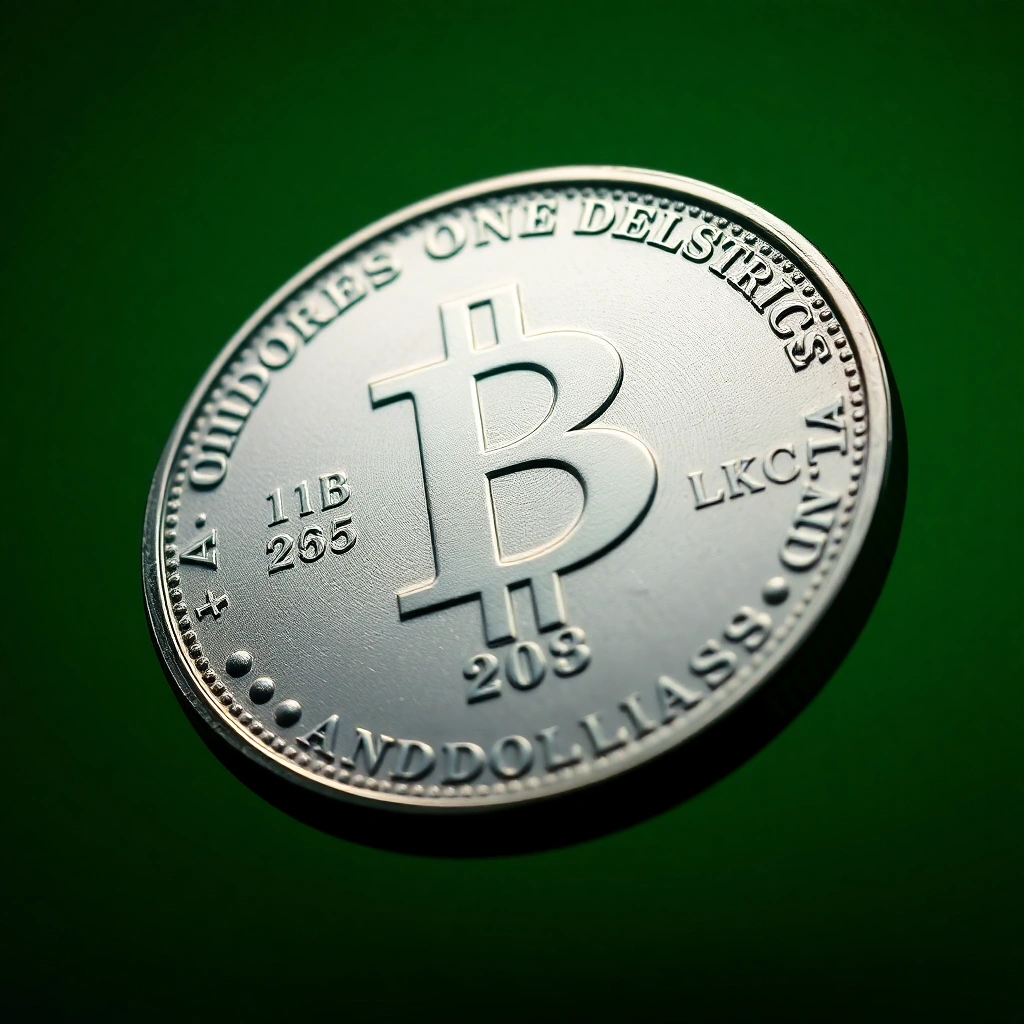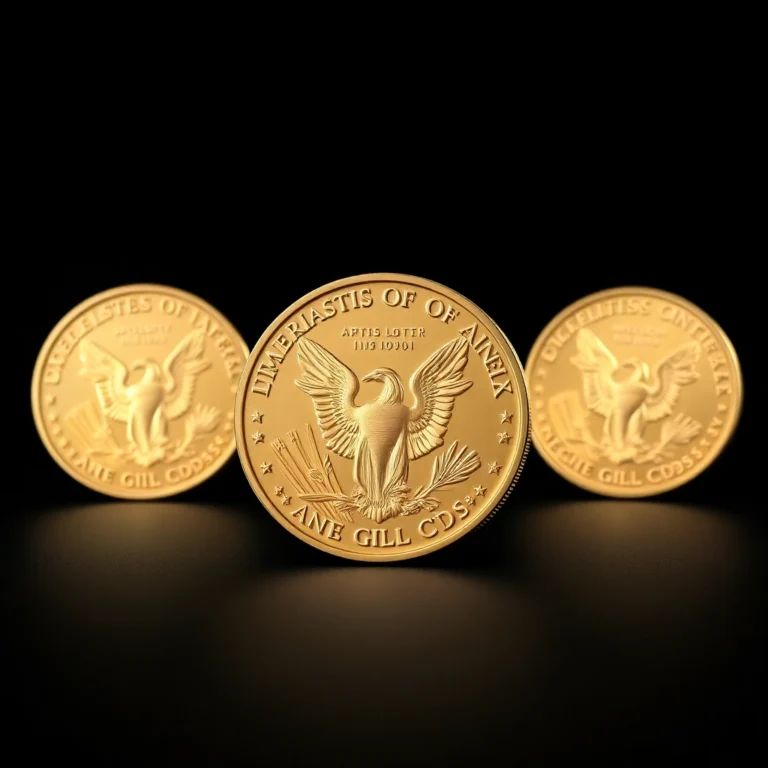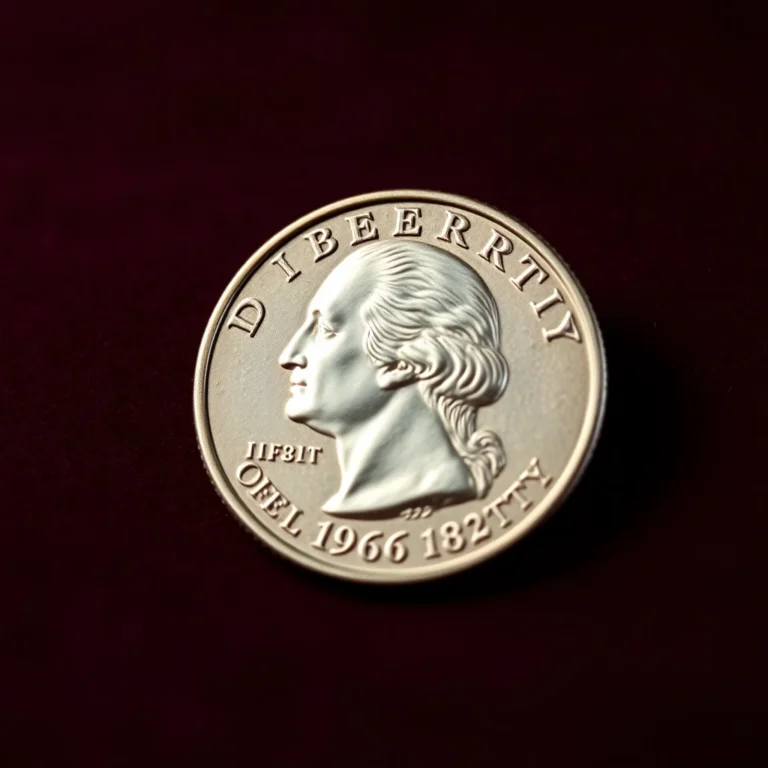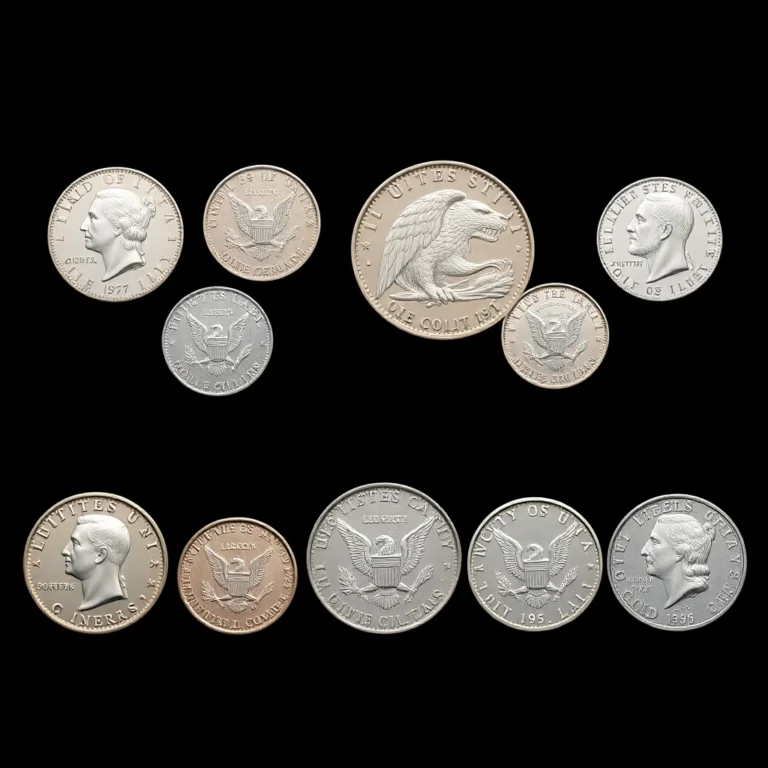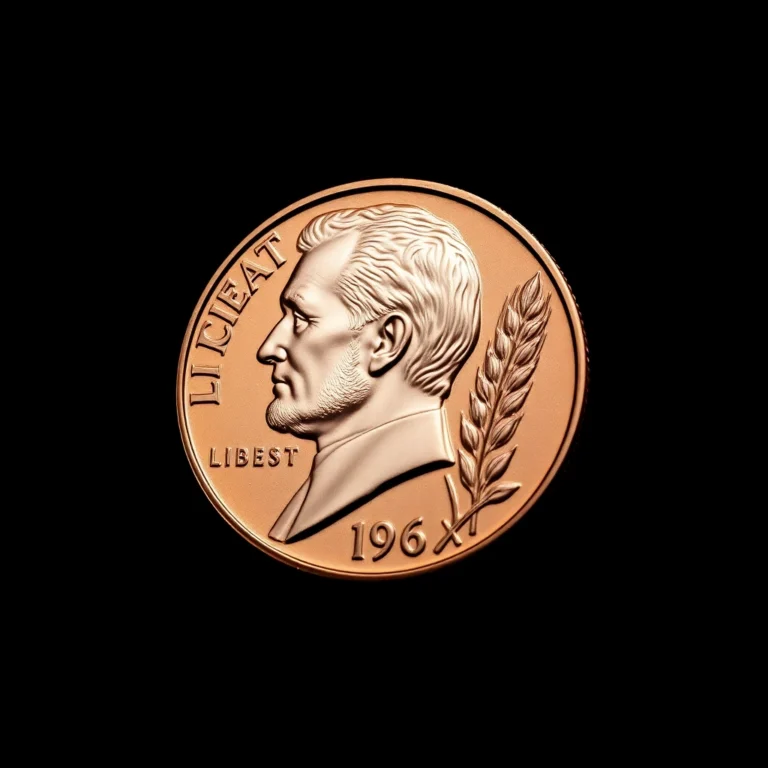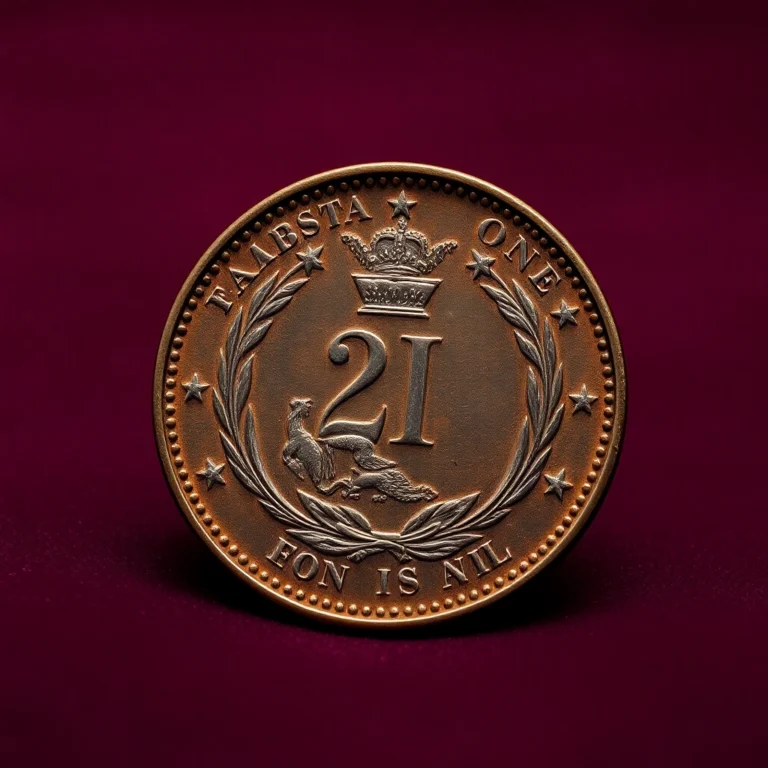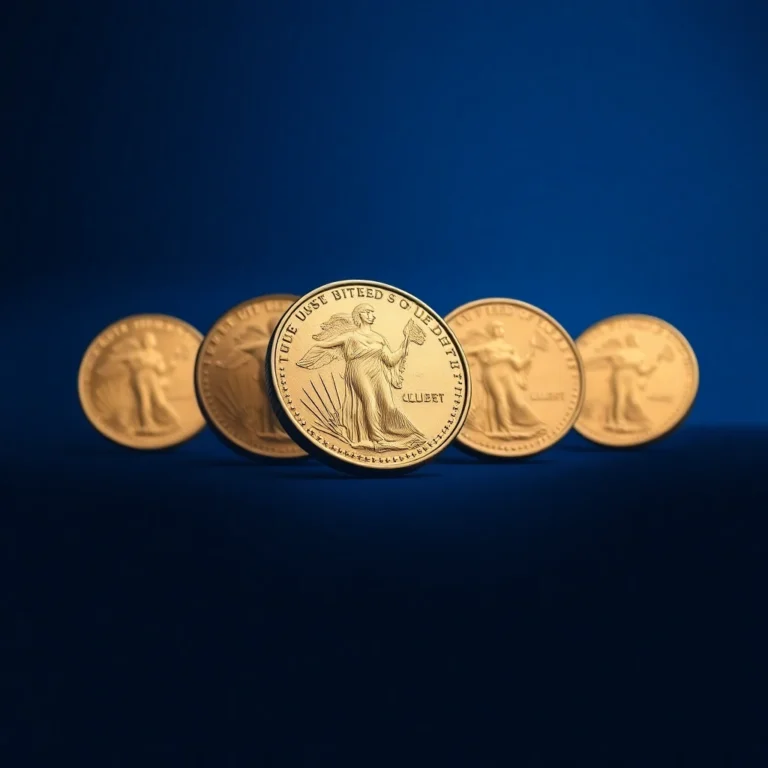In the ever-evolving world of numismatics, where history and artistry converge in the palm of your hand, one series is making waves amongst enthusiasts—the Franklin Half Dollar. Once overshadowed by its more illustrious predecessors, this mid-20th century coin is now capturing the attention of savvy collectors. Its appeal lies not only in its classic design but also in the intriguing narrative it tells about a pivotal period in American history.
For those new to the scene or seasoned collectors seeking fresh opportunities, understanding why the Franklin Half Dollar is gaining traction is essential. In this article, you’ll discover the unique characteristics that set these coins apart, from their brief minting period to the iconic image of Benjamin Franklin himself. We’ll explore how shifts in market demand are influencing their desirability, making them a must-have addition to any collection.
Stay tuned to uncover the potential hidden treasures these coins might hold, as their rarity and value continue to climb in today’s dynamic coin market.
Understanding the Appeal of Franklin Half Dollars Among Modern Coin Collectors
Franklin Half Dollars, minted from 1948 to 1963, have been steadily gaining traction among modern coin collectors. With a captivating blend of historical significance, distinctive design, and potential for value appreciation, these coins are becoming a cornerstone of many numismatic collections. Below, we delve into the various aspects that contribute to their growing popularity.
Historical Background and Significance 🏛️
The Franklin Half Dollar was introduced in 1948 as a tribute to one of America’s most influential Founding Fathers, Benjamin Franklin. Designed by John R. Sinnock, the coin was the first regular-issue U.S. coin to depict a non-president on its obverse. The reverse features the Liberty Bell, symbolizing freedom and independence, which ties deeply into the American ethos.
Physical Characteristics and Design 🏺
The Franklin Half Dollar is composed of 90% silver and 10% copper, with a diameter of 30.6 mm and a weight of 12.50 grams. The obverse features a profile portrait of Benjamin Franklin, while the reverse showcases the iconic Liberty Bell alongside a small eagle, included to meet the legal requirement for half dollars to depict an eagle.
Mintage Figures and Rarity 📈
Mintage figures for Franklin Half Dollars vary, with certain years and mint marks being more scarce than others. The 1949-S, for instance, is known for its lower mintage and higher value in the collector’s market.
Known Varieties and Errors 🔍
Several varieties and errors make Franklin Half Dollars particularly interesting to collectors. Among these are the “Bugs Bunny” variety, named for the die clash that gives Franklin a buck-toothed appearance, and the Full Bell Lines (FBL) designation, which is a mark of superior strike quality.
Value Information 💰
| Grade | Value Range |
|---|---|
| Good (G-4) | $10-$15 |
| Very Good (VG-8) | $12-$18 |
| Fine (F-12) | $15-$20 |
| Very Fine (VF-20) | $18-$25 |
| Extremely Fine (EF-40) | $25-$35 |
| About Uncirculated (AU-50) | $30-$45 |
| Mint State (MS-60) | $40-$60 |
| Gem Mint State (MS-65) | $100-$250 |
Authentication Tips 🔒
Authenticating Franklin Half Dollars involves examining the coin’s weight, diameter, and edge reeding for consistency with mint standards. Look for the presence of Full Bell Lines (FBL) on the reverse, as coins with clear FBLs are more valuable. Be wary of altered coins or counterfeits, which may be lighter in weight or have inconsistent design features.
In conclusion, Franklin Half Dollars offer a rewarding collecting experience due to their historical importance, design beauty, and the potential for significant value growth. As more collectors discover these attributes, the Franklin Half Dollar’s place in the numismatic world continues to solidify.
FAQs
What factors affect the value and grading of Franklin Half Dollars?
The value and grading of Franklin Half Dollars are influenced by their condition, rarity, and demand. Coins with higher grades, such as MS-65 or above, typically fetch higher prices. Key dates, like the 1949-S, are more valuable. Full Bell Lines (FBL) on the reverse add to the coin’s desirability and value. Professional grading services can provide an accurate assessment of a coin’s condition.
How can I authenticate a Franklin Half Dollar?
To authenticate a Franklin Half Dollar, examine the coin for signs of wear that are consistent with its age and minting process. Look for sharp details on the Liberty Bell and Franklin’s portrait. Verify the weight and dimensions against official specifications. For high-value coins, consider professional authentication services to ensure legitimacy.
What advice do you have for someone starting a Franklin Half Dollar collection?
Begin by collecting common dates to familiarize yourself with the series. Focus on quality over quantity; higher-grade coins offer better long-term value. Consider specializing in Full Bell Lines or certain mint marks. Stay informed about market trends and connect with fellow collectors through clubs or online forums for insights and support.
Why are Franklin Half Dollars historically significant?
Franklin Half Dollars, minted from 1948 to 1963, are significant as they feature Benjamin Franklin, one of the Founding Fathers, and the Liberty Bell. The series marked a shift from allegorical figures to honoring historical figures on coins. Its short minting period adds to its historical appeal and collectability.
What are some common varieties or errors found in Franklin Half Dollars?
Collectors often seek varieties like the Bugs Bunny error, characterized by die clashes creating an appearance of buck teeth on Franklin’s portrait. Look for doubled die varieties, especially in the 1961 and 1964 issues. These errors and varieties add fascinating layers to collecting Franklin Half Dollars.
